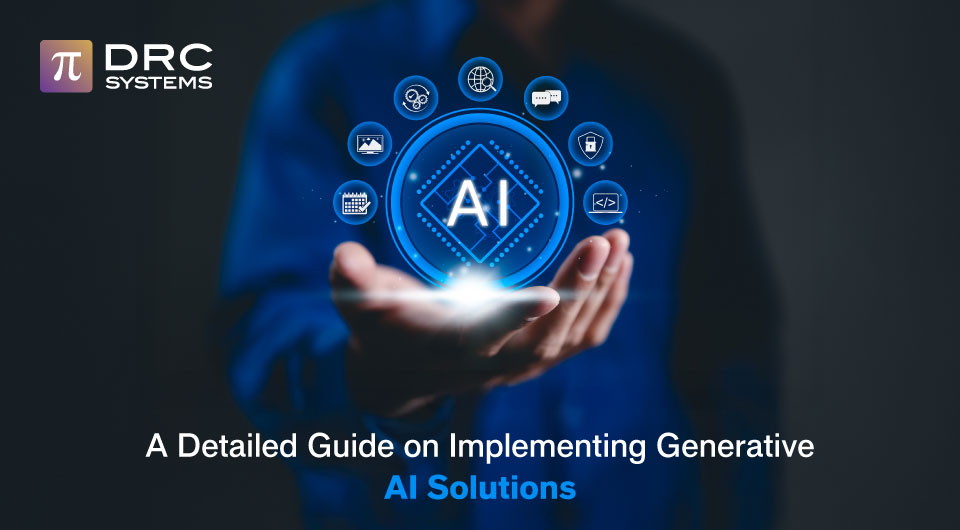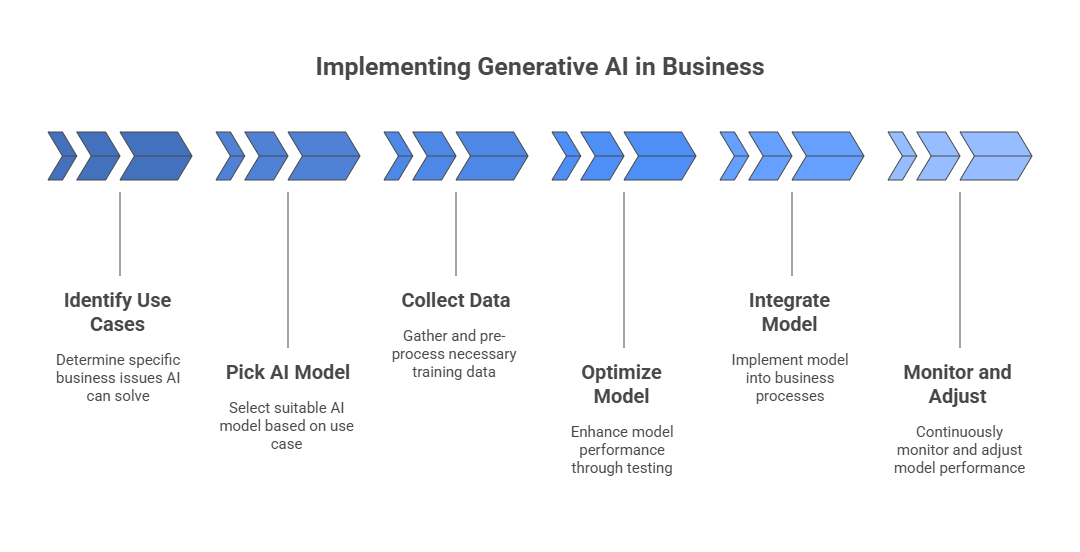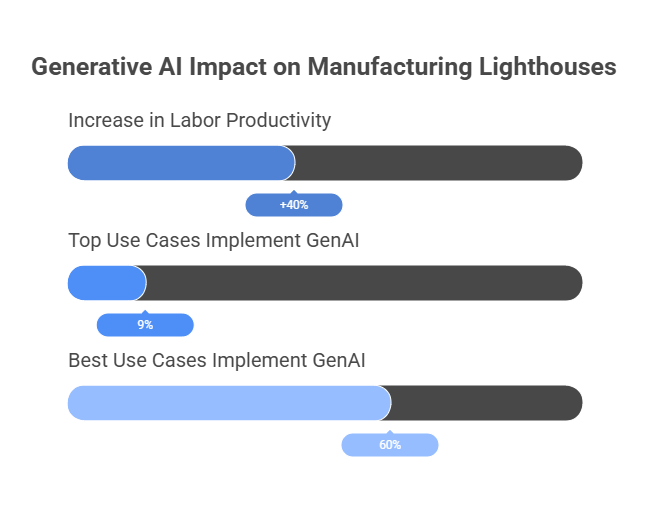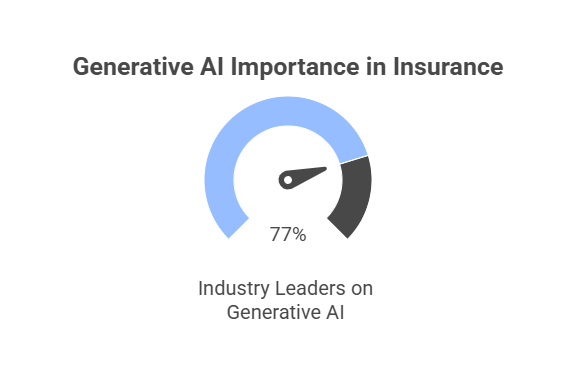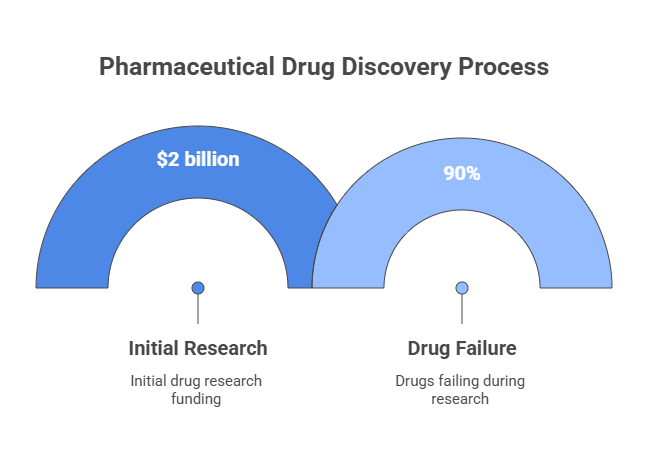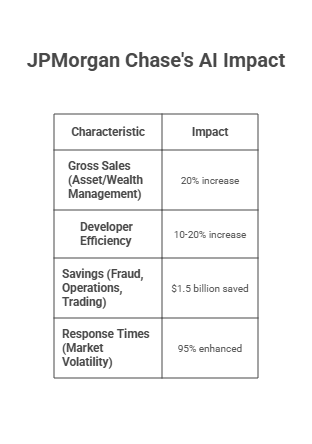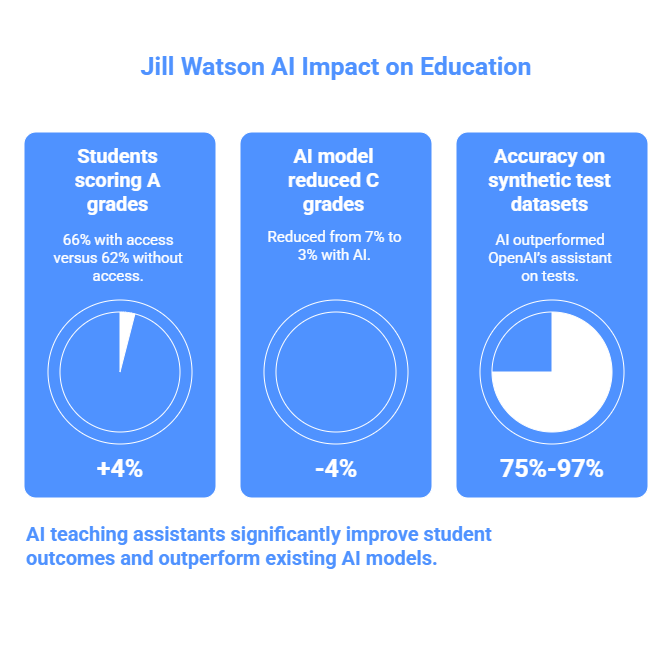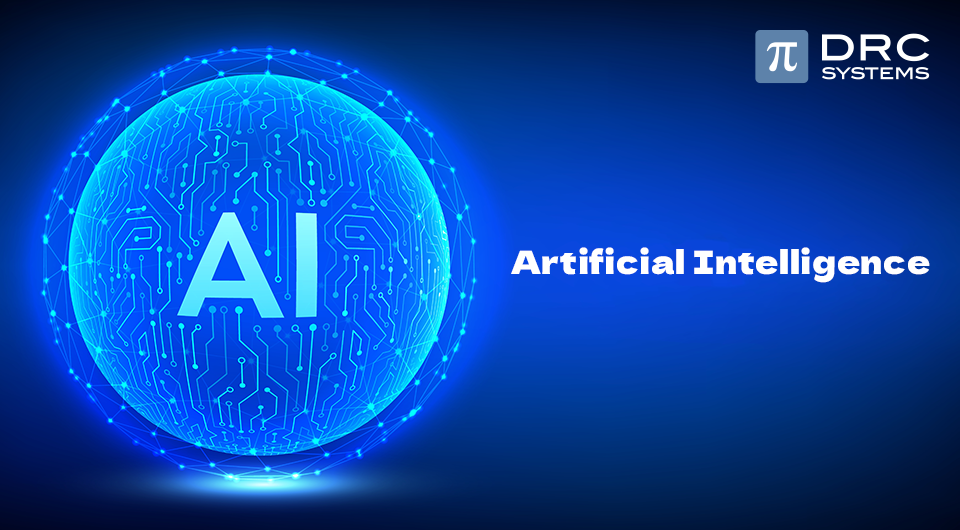Related Articles
Top 9 Artificial Intelligence Trends to Watch in 2024
This article explores the most disruptive AI trends to watch in 2024, based on our research, we’ve identified some of the most disruptive AI trends for 2024.
Read The PostHow artificial intelligence can improve your business processes
According to Accenture, AI can boost average business profitability by 38% by 2035. Businesses looking for process optimization are integrating AI.
Read The PostTop Artificial Intelligence Tools & Frameworks you need to know
This blog explores the top AI frameworks and tools that can accelerate your business growth.
Read The Post